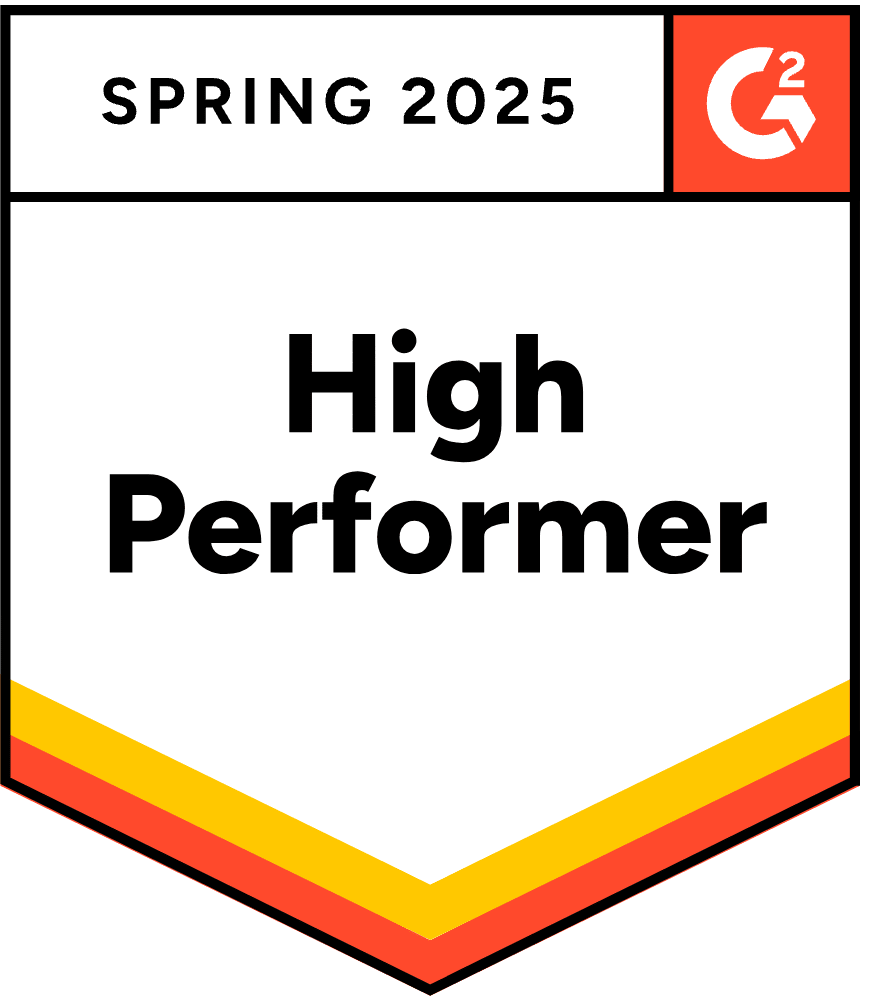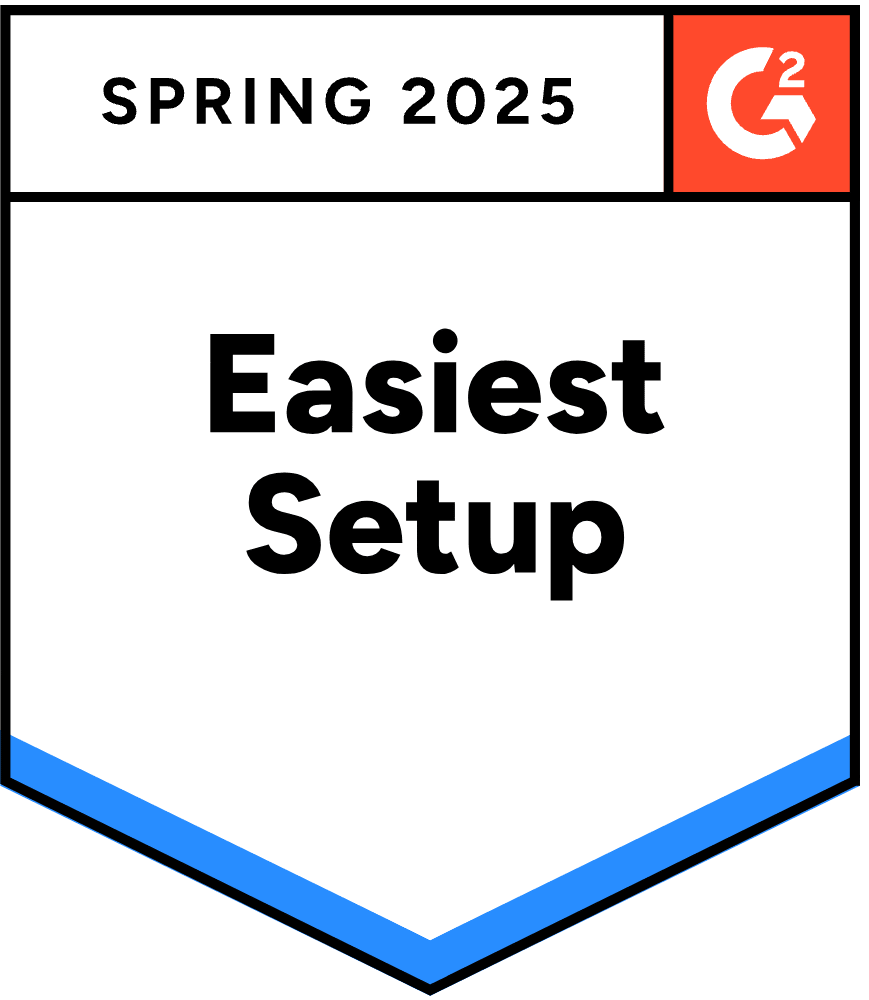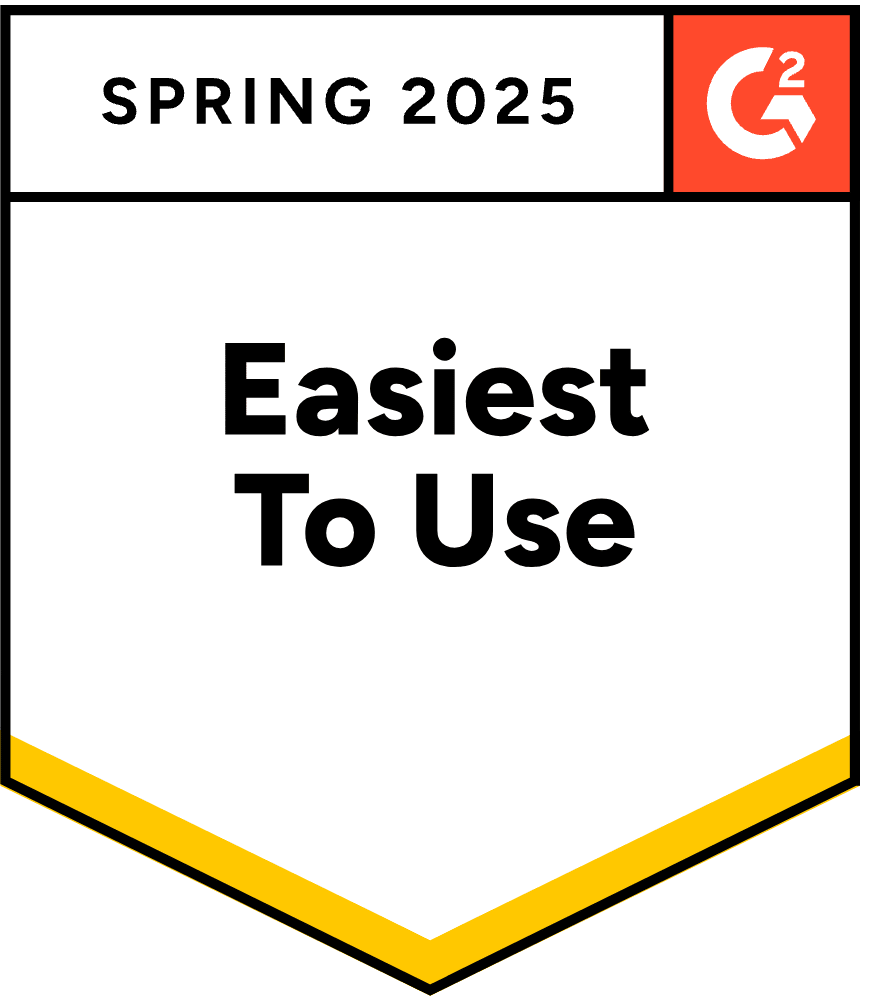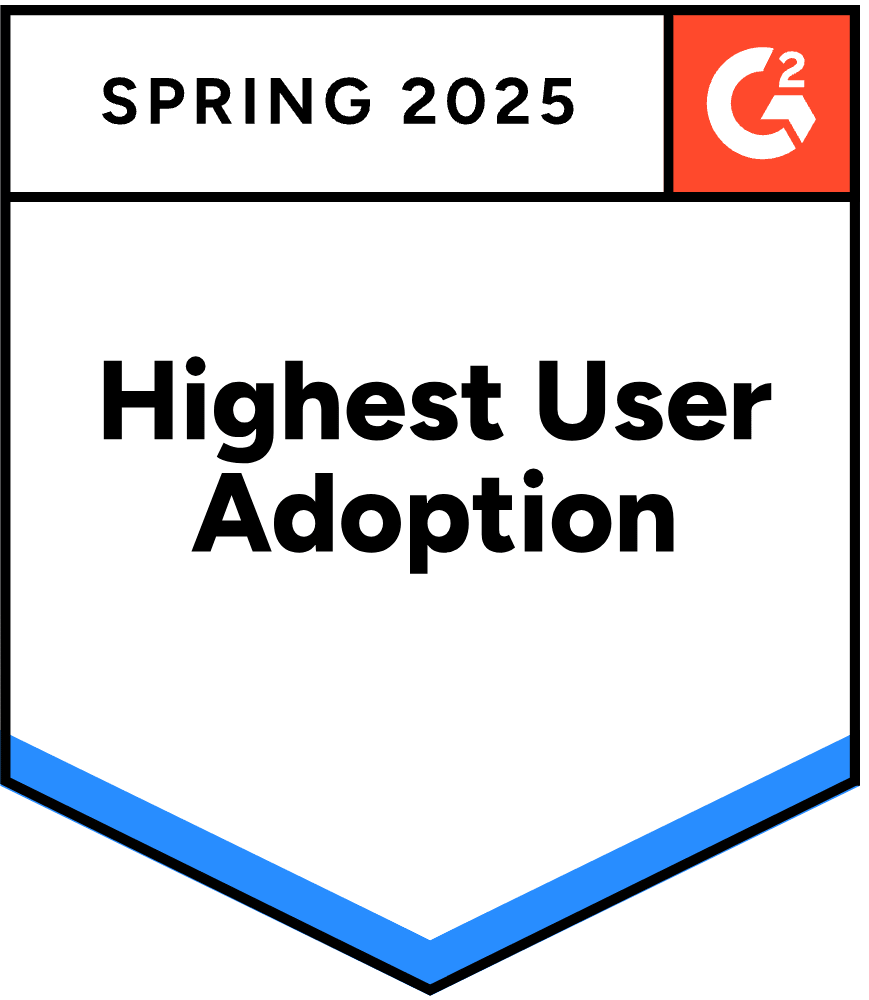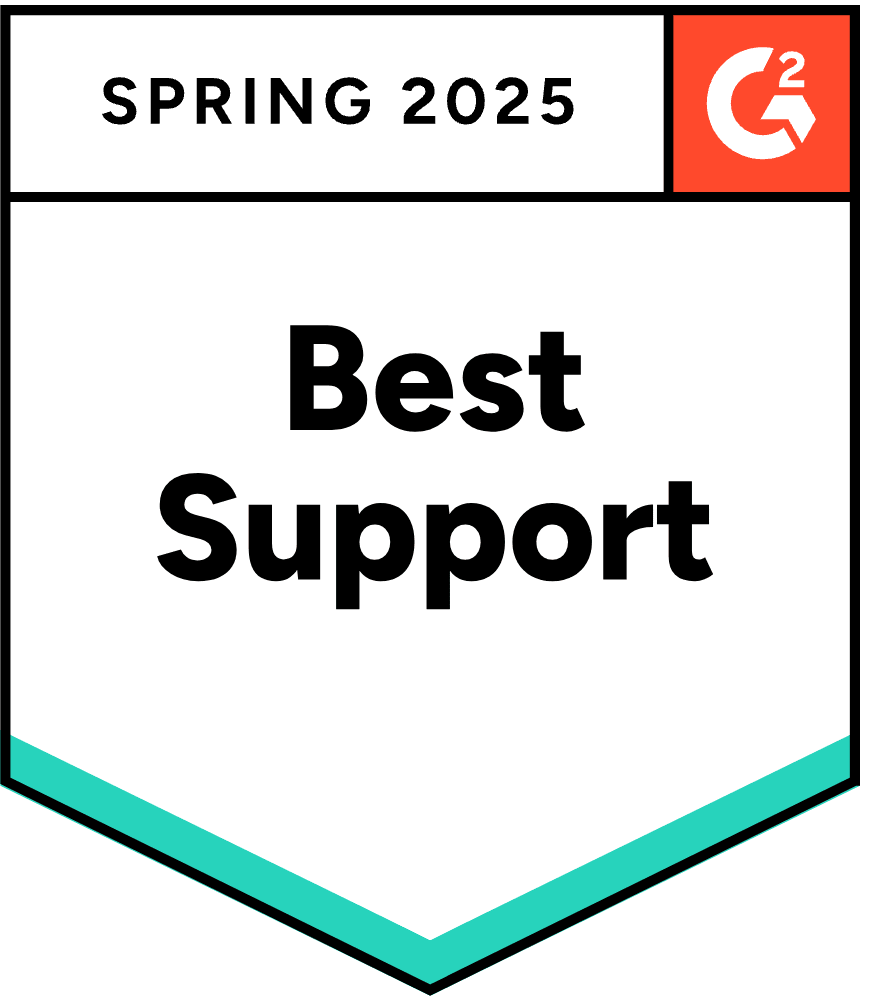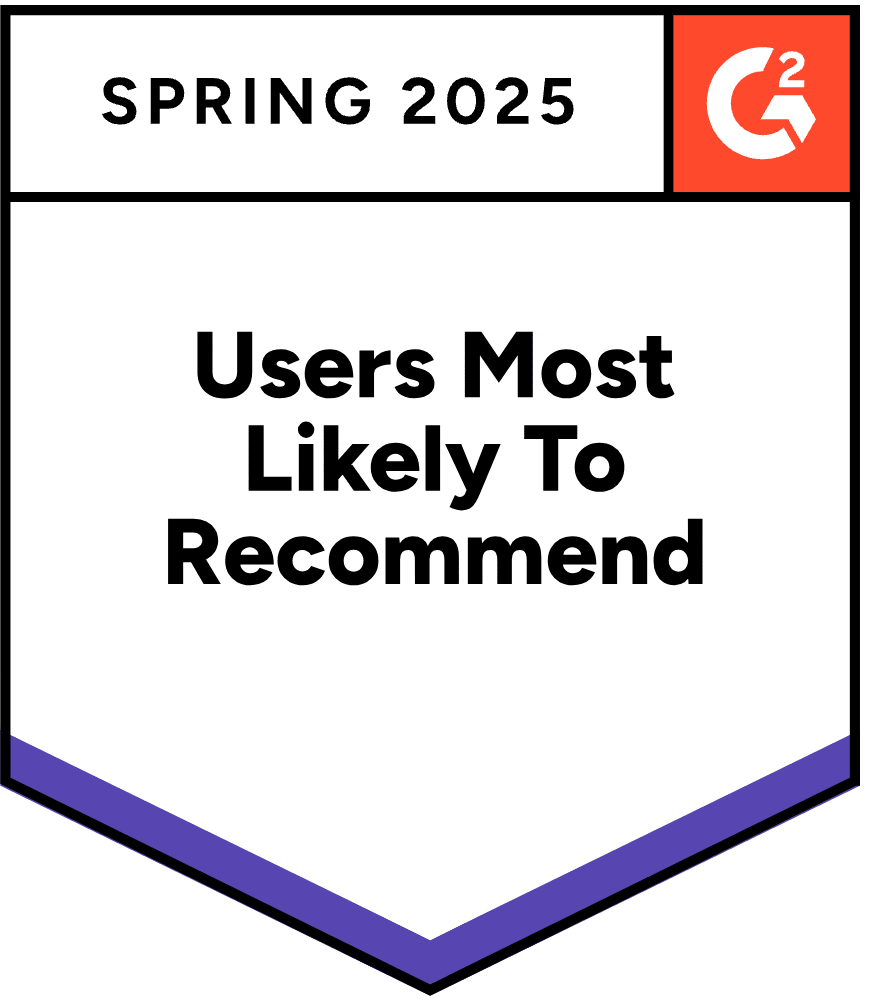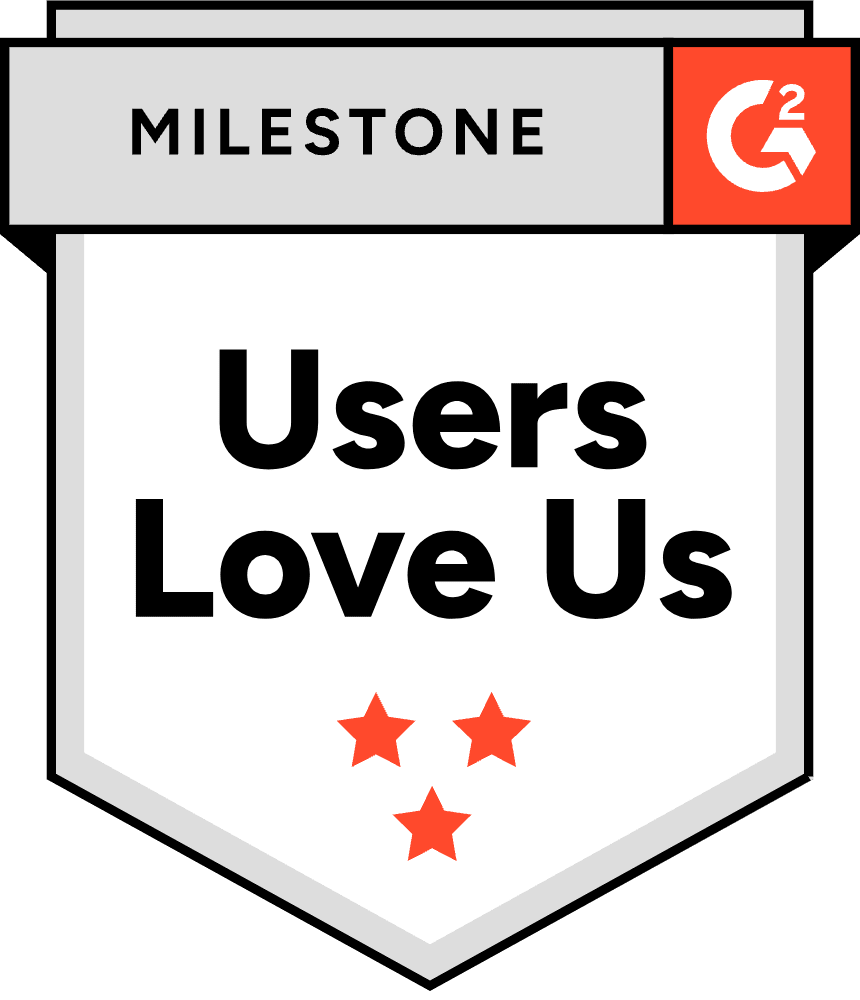A study conducted by Sixteen Ventures Research found that 80-90% of customers who unsubscribe within the first 3 months cite a perceived lack of value as the reason for leaving. Therefore, effective onboarding is crucial in our SaaS environment as it determines the success and adoption of the solution by the customer.
Onboarding should establish the groundwork for your relationship and reaffirm the customer's confidence in choosing your solution, extending beyond the assurances given through digital interactions (such as the website or webinars) and/or conversations with the sales team. It ensures long-term retention but can also serve as the initial trigger for future churn.
To find out whether this article could pique your interest, consider this question:
Is your product user-friendly and self-explanatory enough for your customers to adopt it instantly?
If your answer is no, then stick around!
Here's the plan:
- Tip #1: Smooth Information Transfer between Sales and Customer Service
- Tip #2: Understand Your Customer's Objectives
- Tip #3: Timing and Visibility in Onboarding
- Tip #4: Manage Your Availability Effectively
- Tip #5: Onboarding is continuous
It should be noted that these tips are tailored to mid/high touch contexts.
Tip #1: Smooth Information transfer between Sales > Customer Success
Upstream of onboarding, there's a crucial step that is ESSENTIAL for ensuring its success: the handover between the Sales and Customer Success teams, as well as with the customer. Onboarding should be dynamic, brimming with enthusiasm, and the customer should experience a seamless journey.
According to a study by Salesforce, 70% of customers emphasize the importance of aligned processes in winning their business, such as seamless handovers between teams or contextual engagement based on past interactions.
Internally, Sales and CS teams must synchronize their understanding of the customer's needs. The sales process may have been ongoing for some time, during which a wealth of information was collected by the Sales team. If a CRM system is in place, all this information should be readily available for the Customer Success Manager (CSM). If such infrastructure is not yet established, using tools like Google Sheets, Notion, or Excel forms can suffice to gather necessary information at the outset.
In any case, a formal handover meeting should be arranged among stakeholders to ensure the smooth transmission of essential information for the client's success. A well-executed handover also helps prevent the embarrassment of asking the same questions twice, thus maintaining a positive image with the client.
Externally, a discussion should be arranged with the customer to outline the upcoming steps and clarify the transition of contact person. It's during this exchange that the customer transitions from a Sales contact (remaining available for commercial matters) to a Customer Success contact who will oversee the deployment, training, and long-term usage of the solution. This Customer Success representative becomes the customer's primary point of contact.
It's crucial to be transparent with the client about this transition, signaling that the negotiation phase is concluded, and they are now moving towards solution implementation.
One essential step is to confirm their objectives and define their expectations clearly. These initial interactions pave the way for creating a Success Plan tailored to the client's needs. This plan serves as a dynamic roadmap that evolves over time, guiding your partnership and ensuring mutual success.
Tip #2: Understand Your Customer's Objectives
Now that you have gathered insights from Sales and prepared your technical strategies, it's time to forge meaningful connection with your customer to guide them through their journey.
One essential step is to confirm their objectives and define their expectations clearly.
These initial interactions pave the way for creating a Success Plan tailored to the client's needs. This plan serves as a dynamic roadmap that evolves over time, guiding your partnership and ensuring mutual success.
In a nutshell, the Success Plan will contain your client's key information and will evolve over the course of your partnership to follow:
its objectives
its challenges
the shared milestones
the criteria for success in its activity and use of the solution
indicators to measure this success
As you delve into discussions about objectives, it's essential to understand the client's ultimate goal, such as centralising the monitoring of accounts across 20 subsidiaries. However, achieving this goal may take time, contingent upon factors like technical implementation, team support, and solution adoption.
During the initial contact phase, focus on delineating a clear path towards the final objective. This path comprises a series of sub-objectives, with the first ones designed for swift achievement to demonstrate the value of your collaboration.
For instance, deploying the solution in 1 or 2 subsidiaries initially allows for process refinement before scaling to all 20, thereby optimizing time and resources for both parties.
Given the rapid pace of the SaaS market, success is often measured in months, if not weeks. Therefore, onboarding should be swift, ideally completed within 2 to 3 months. This underscores the importance of identifying and prioritizing sub-goals that drive customer adoption and engagement.
By aligning with the client's objectives, setting clear milestones, and focusing on incremental progress, you can cultivate a partnership built on trust, value, and mutual success.
Tip #3: Timing and Visibility in Onboarding
Effective onboarding hinges on providing a structured timeline and clear visibility to the client right from the outset. Once you've confirmed their objectives and outlined sub-objectives, it's imperative to offer projections and set dates. Your client should have a comprehensive understanding of the journey ahead, from initial contact to the attainment of their objectives.
This stage is critical as certain actions will require their active participation, and any delays on their part could directly impact implementation timelines. It's essential to avoid the "tunnel effect," where communication dwindles, leading to disengagement from the client's end.
Here are key strategies to guide and support clients through the onboarding process:
Utilize Email Engagement: Initiate the onboarding process with a welcome email, followed by automated sequences to encourage client interaction and educate them on using the solution effectively.
Optimize Application Interface: Ensure the application's main page provides a comprehensive overview of the solution, incorporating features like pop-up videos or product tours for enhanced user guidance.
Communicate Frequently Asked Questions (FAQ): Maintain an updated FAQ section to address common queries and provide self-service support for clients.
Automation with Purpose: Automate routine tasks that don't require personalization, freeing up time for high-touch interactions where human intervention adds significant value.
Additionally, focus on the following two key aspects:
Support Engagement: through regular calls and checkpoints with clients.
Performance Metrics: Establish clear indicators to gauge the effectiveness of your onboarding efforts and adapt strategies as needed. Monitoring these metrics allows for proactive intervention to address any bottlenecks or challenges encountered during the onboarding journey.
Support
Tailoring your support approach to the technical complexity of your solution and your preferred engagement level (in this case, leaning towards mid to high touch) is essential. Collaboratively planning milestones with your client enables you to spotlight key functionalities and their alignment with their desired objectives.
Emphasizing the value proposition of your solution through coaching is pivotal for ensuring sustained customer commitment. Initially, frequent interactions during onboarding provide intensive support, gradually tapering off as customer proficiency and adoption increase.
The indicators
Establishing relevant indicators allows you to gauge the effectiveness of your onboarding efforts and make necessary adjustments if desired outcomes are not met. These indicators serve as guiding metrics, directing your focus towards areas where intervention may be required to improve customer outcomes.
Here are key indicators that can inform and guide your actions:
Time to Value (TTV): while listed here, TTV is often is measured last. It signifies the duration between the initiation of the partnership and the moment when the customer perceives value from your solution—the "Aha! Moment." This pivotal moment is driven by your customer's list of goals and sub-goals, guiding you towards minimizing TTV.
Daily/Monthly Active Users (DAU/MAU): This metric provides a volumetric understanding of user engagement, indicating the number of users actively utilizing the solution within a given time frame. However, it's crucial to interpret DAU/MAU in context, considering factors like user retention and session duration to gain a comprehensive view of engagement.
Completion Rate & Time: this indicator tracks the customer's completion of specific actions with your solution, inviting other people from their team to collaborate, etc.). You can even guide the customer to take control of the solution via notifications or a progress bar (gamification). Analysed afterwards, this indicator will enable you to understand at what level and when successful onboarding is guaranteed and to act upstream (example: onboarding is validated if my customer uses 2 specific functions every 3 days).
Tip #4: Manage Your Availability Effectively
Implementing the strategies outlined in previous tips can lead to a busy schedule, especially when you're assisting multiple clients simultaneously. Effectively managing your time with clients is crucial, considering you're likely juggling responsibilities across various accounts.
Controlling your availability can be achieved through segmentation and the establishment of playbooks, ensuring that you execute the right actions at the right times tailored to each user's needs.
Segmentation
Segmentation isn't just pertinent during the sales process; it's equally essential post-sales, particularly for Customer Success teams. While sales focus on acquiring customers, Customer Success aims to retain them by delivering value through ongoing support.
Segmentation criteria may vary based on your business model, but common approaches include:
Customer Journey Stage: Organising clients into categories such as Trials, Expired Trials, Paying Customers (Basic/Business), and Discontinued Subscriptions allows for targeted support tailored to each group's specific needs.
Customer type and characteristics: Segmentation based on industry or customer characteristics enables personalized support that acknowledges unique priorities and challenges. For example, support for a tech company may differ from that provided to a small business with different IT capabilities.
Product: If your company offers multiple products, segmenting customers based on product usage allows Customer Success Managers to specialize and provide more focused assistance.
Value: While tracking metrics like Monthly Recurring Revenue (MRR), Annual Recurring Revenue (ARR), or Customer Lifetime Value (CLV) is valuable, it's essential to supplement this with considerations of a client's potential for growth and profitability, ensuring equitable allocation of resources across accounts.
Playbooks
Once segmentation is established, playbooks come into play as structured processes activated in specific situations to deliver consistent and coherent support. In the context of onboarding, playbooks serve as guides for Customer Success Managers, standardising actions and facilitating the rapid onboarding of new team members.
Examples of onboarding playbooks include:
New customer
New user
First-Time Solution Use
Definition of the client's Success Plan
Regularly updating and refining playbooks ensures they remain aligned with evolving processes and best practices, ultimately enhancing efficiency and effectiveness in client support endeavors.
Tip #5: Onboarding is continuous
To conclude succinctly, educating customers about your solution is an ongoing effort, and onboarding isn't confined to the initial stages of the customer journey. This is because new users may join your customer's team, allowing for further adoption and expansion of the solution's reach.
Additionally, as your solution evolves, it's essential to keep customers informed to facilitate discussions around upselling or cross-selling opportunities. This often entails providing training on new functionalities to help customers achieve their objectives more effectively with your solution.
Ultimately, this cyclical process reinforces the importance of continuous onboarding, ensuring that customers remain engaged and empowered throughout their journey.
After several years in a consulting firm and playing a pivotal role in establishing its SaaS subsidiary, Pierre honed his expertise in Customer Success. He spearheaded the development of post-sale strategies and assembled high-performing Customer Success teams. Today, as a freelance consultant, Pierre leverages his wealth of experience to support startups in refining their Customer Success operations. From implementing tangible processes and tools to mentoring inaugural Customer Success Managers, Pierre is committed to driving the success and sustainability of emerging businesses.
Explore Pierre's professional journey on LinkedIn: LinkedIn Profile
Discover Pierre's freelance services on Malt: Malt Profile


